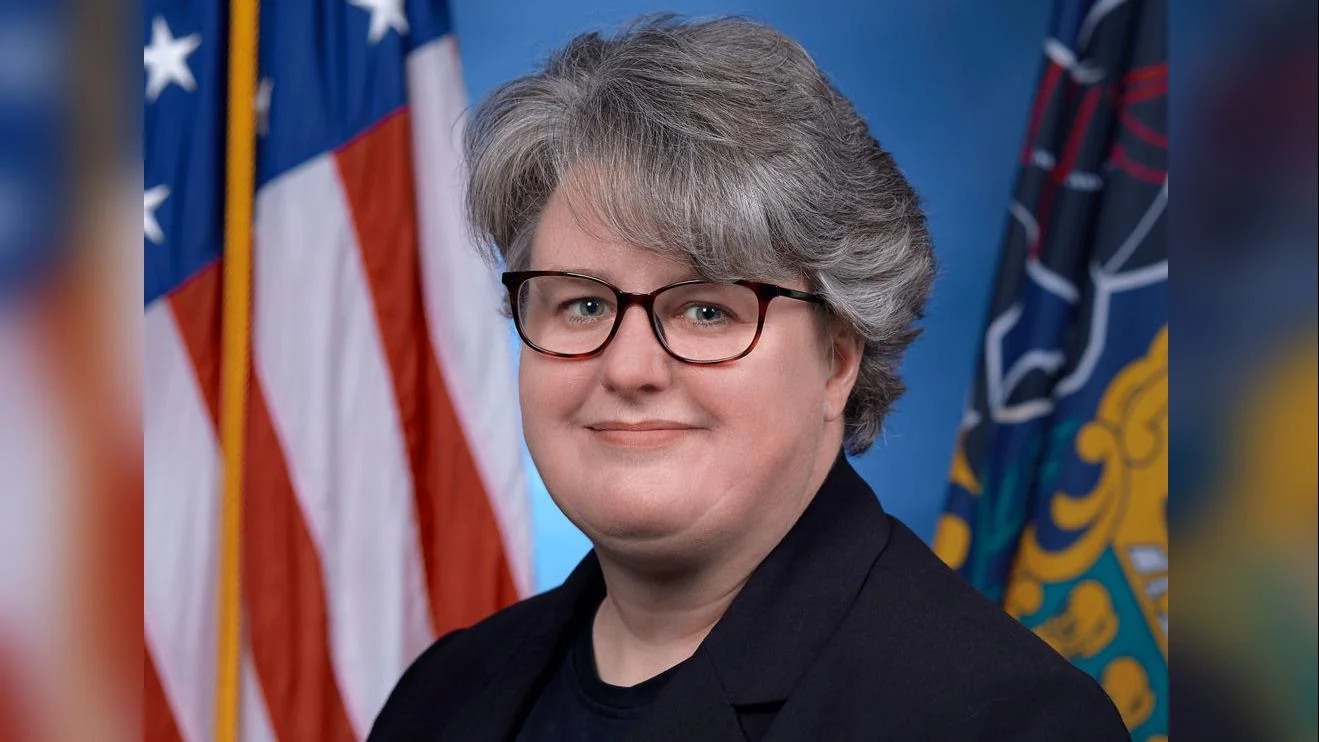
Erika McEntarfer, Commissioner at Bureau of Labor Statistics | LinkedIn.com
The U.S. Bureau of Labor Statistics released its 2024 union membership analysis, revealing that public-sector teachers remain among the most unionized workers in America. The report highlights ongoing disparities between public and private sector unionization rates amidst national debates over teacher pay, workplace protections, and political influence.
According to The 74, the National Education Association’s (NEA) main political fundraising arm, the NEA Advocacy Fund, raised nearly $27 million for the 2024 election cycle. Most of these funds were directed towards electing Democratic candidates, including Vice President Kamala Harris. Nearly $7 million was allocated to outside super PACs like Future Forward USA Action and the House and Senate Majority PACs. This indicates how union dues can be redirected toward political campaigns that many teachers may not personally support, rather than being used to directly improve teaching conditions or pay.
According to My Pay. My Say., the 2018 Supreme Court decision in Janus v. AFSCME allows public school teachers to opt out of union membership and dues, potentially saving between $500 and $1,000 annually. This decision empowers educators to retain more of their earnings and choose not to fund union-led political activities that may not align with their personal beliefs. The article emphasizes that opting out is a legal right that can lead to significant financial benefits for teachers.
While teacher unions can play a role in salary negotiations and benefits, their impact on teacher salaries in the long term is not consistently positive. Unionization leads to higher overall spending on teachers' salaries, especially for experienced teachers. However, it might not benefit younger teachers who may not see the same significant pay increases as their more experienced colleagues. Furthermore, the impact of unionization on student outcomes and overall school effectiveness remains a topic of ongoing debate.
According to the North Dakota Monitor, testimony before the U.S. Senate in June 2024 identified "extremely low pay" as the top reason teachers are leaving the profession in large numbers. Educators like John Arthur, a National Board Certified teacher and NEA member, told lawmakers that inadequate compensation forces many teachers to rely on a spouse’s income or work second jobs. However, experts such as AEI’s Robert Pondiscio and Parents Defending Education’s Nicole Neily say that wasteful spending by school districts and poor working conditions are also key drivers of the national teacher shortage.
The Bureau released this statement on January 28, 2025, alongside its annual Union Members summary report based on data from the Current Population Survey. The report tracks nationwide trends in unionization, revealing that education, training, and library occupations had one of the highest union membership rates at 32.3%. These findings come as ongoing policy debates examine the role of unions in shaping teacher compensation and classroom conditions.
| Category | Value (2024) |
| Union Membership Rate (Overall) | 0.099 |
| Union Membership Rate - Public Sector | 0.322 |
| Union Membership Rate - Private Sector | 0.059 |
| Union Membership Rate - Education, Training, Library Occupations | 0.323 |
| Median Weekly Earnings - Union Members | 1337 |
| Median Weekly Earnings - Nonunion Workers | 1138 |
| Union Representation (Covered by Contract) | 11.1% (includes members and represented non-members) |
| Highest State Union Rate | Hawaii (26.5%) |
| Lowest State Union Rate | North Carolina (2.4%)d> |






 Alerts Sign-up
Alerts Sign-up